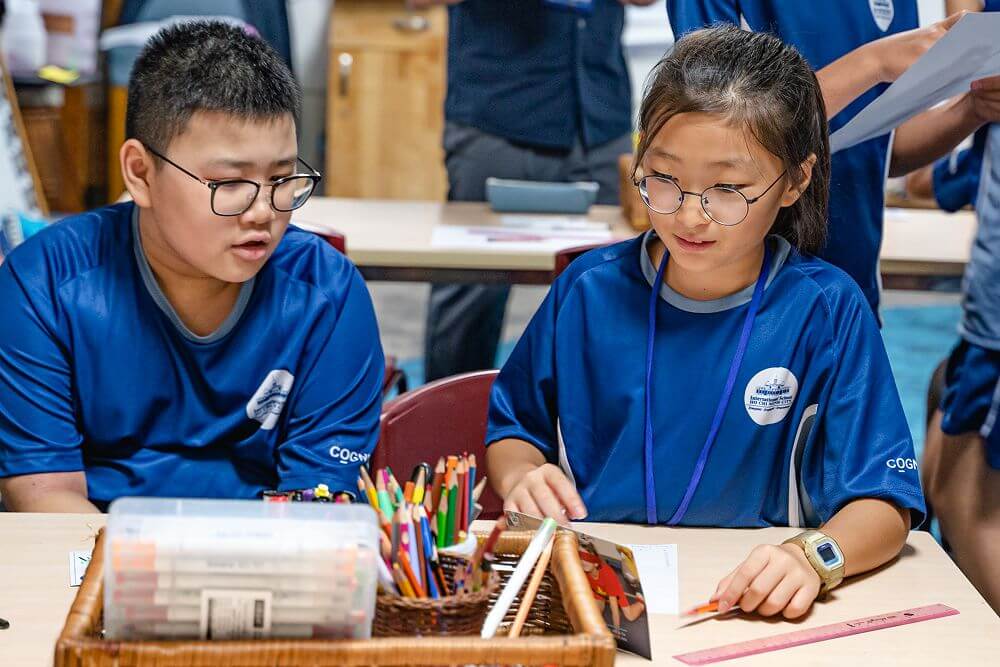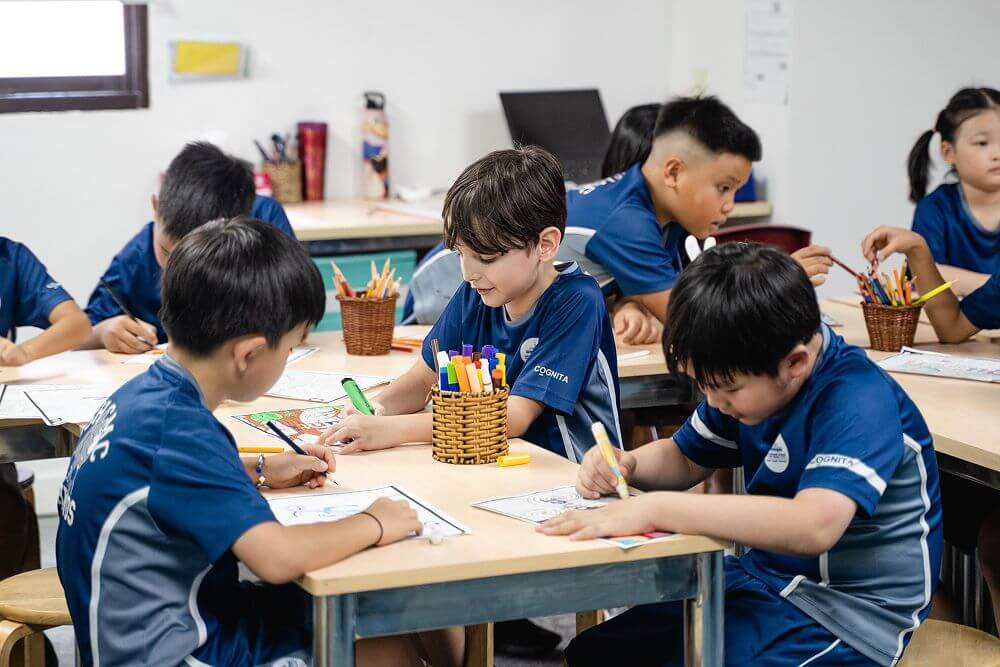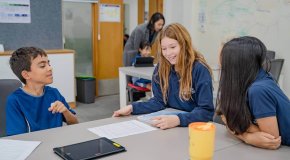10 Practical Strategies to Motivate Students
Understanding how to motivate students is essential for their academic success and personal development. When teachers motivate students, they engage more actively in learning, overcome challenges, and achieve their goals. By using the following efficient techniques, educators may significantly contribute to developing this motivation.
Why Is Motivation Important for Children?
Motivation is an important aspect of kids’ academic and emotional development. It promotes involvement, tenacity, and inventiveness. When motivated, students are more likely to establish objectives, maintain attention, and overcome obstacles. This intrinsic drive leads to better performance and greater satisfaction in their educational journey. Whether you’re looking for strategies to spark students’ curiosity about learning or wondering how to keep them engaged in the classroom, motivation plays a crucial role in building their confidence and encouraging a growth mindset.
10 Practical Strategies to Motivate Students
Although inspiring pupils might be difficult, teachers can cultivate a passion for learning and long-term success using appropriate strategies. Here are some practical methods for giving pupils a stimulating and encouraging learning environment.
1. Set Realistic Goals and Expectations
Setting achievable goals ensures students feel a sense of accomplishment. Unrealistic expectations can lead to frustration, while clear, attainable objectives encourage continuous effort. Educators should help students break larger tasks into manageable steps, celebrating small victories along the way.
2. Get to Know Your Students
Building a relationship helps our teachers to understand specific strengths, interests, and struggles each student possesses. Through personal relationships, educators can adjust the lessons to better suit certain students’ needs and build their trust. For example, some sporty students will respond very well to examples or tasks that deal with sport. When students feel seen and valued, they are much more motivated to participate actively in a class.
3. Integrate Interactive Learning Tools
Our teachers use interactive tools such as educational apps, virtual simulations, and gamified platforms to bring learning to life. These tools cater to different learning styles (visual, auditory, and kinesthetic) while making lessons more engaging. For instance, using a math app with real-time feedback transforms traditional problem-solving into an exciting challenge. Interactive learning keeps students interested and ensures they retain information longer.
4. Praise and Give Constructive Feedback
Educators should use positive reinforcement to build students’ confidence and motivate them to continue striving. Acknowledge their achievements, the effort put in, and their progress. Give feedback on what they can particularly work on to reach their goals. This balanced approach of celebration and constructive guidance fosters an environment where students feel valued and empowered to take on new challenges.
5. Develop a Love for Learning
Teachers need to ensure curiosity and enthusiasm toward learning in the long run. Relate what they learn to their lives or future goals; for instance, solving a problem using a real-life scenario will make them realize how education applies in the real world. Passionate teachers surely inspire students with a similar passion for learning.
6. Get Students Involved in Learning Process
Our teachers encourage learners to take more responsibility for learning through discussions, projects, or even peer teaching. When students have ownership, they are way more likely to be motivated. For instance, they can choose topics for research projects or develop presentations to show to their peers. In this way, students have a reason to feel capable and independent of others.
7. Connect Learning to Real-World Contexts
Students often question the practicality of what they learn, so teachers should help them see the value of their education by connecting lessons to real-world applications. When students understand the relevance of their studies, their motivation increases significantly.

8. Model Behaviors for Students
Students often parallel their teacher in attitude and behavior. Demonstrate enthusiasm for each of your subjects, and model the challenges of overcoming them. For example, share stories about times you struggled to understand a concept but worked out. Your actions will set the tone for the classroom and give students a reason to follow in your footsteps.
9. Track Progress and Celebrate Milestones
Regularly tracking students’ progress helps them see how far they’ve come and builds confidence. They can achieve graph growth by drawing progress charts, writing journals, or using any digital tool. Celebrate small and big milestones to enforce efforts being put in. For example, congratulate students for improving test scores, finishing a very challenging assignment, or coming regularly to class on time.
10. Foster an Inquiry-based Learning Environment
Inquire-based learning helps students learn through questioning and investigation of subjects. It builds curiosity and critical thinking. Instead of answers, ask leading questions, such as, “Why do you think this happened?” or “How can we solve this problem?” By fostering curiosity, teachers can help students become lifelong learners.

At ISHCMC, cultivating an inquiry-based learning environment lies at the core of its educational philosophy. Teachers encourage students to ask questions, explore diverse perspectives, and engage in problem-solving, fostering a genuine love for learning. By integrating real-world applications and collaborative projects, ISHCMC nurtures curiosity and critical thinking skills that prepare students for lifelong learning.
Additionally, ISHCMC strongly emphasizes cultivating a growth mindset, which enables students to see obstacles as chances for personal development. Teachers encourage students to embrace resilience and tenacity, giving them intrinsic motivation for both academic and personal achievement. Learn more about ISHCMC’s learning approach here.
Fostering Intrinsic Motivation for Students from a Young Age with ISHCMC!
Motivating students is about nurturing their potential and encouraging them to aim higher. At ISHCMC, the school combines innovative teaching strategies with a supportive environment to help students thrive.
Understanding how to motivate students in the classroom is at the heart of our teaching approach. Learn more about ISHCMC’s programs and take the first step in transforming your child’s educational journey today! Apply to ISHCMC here.






